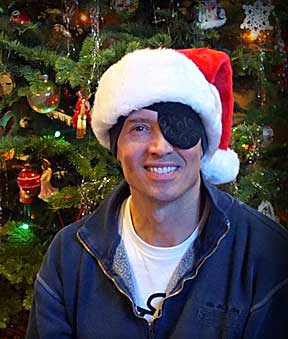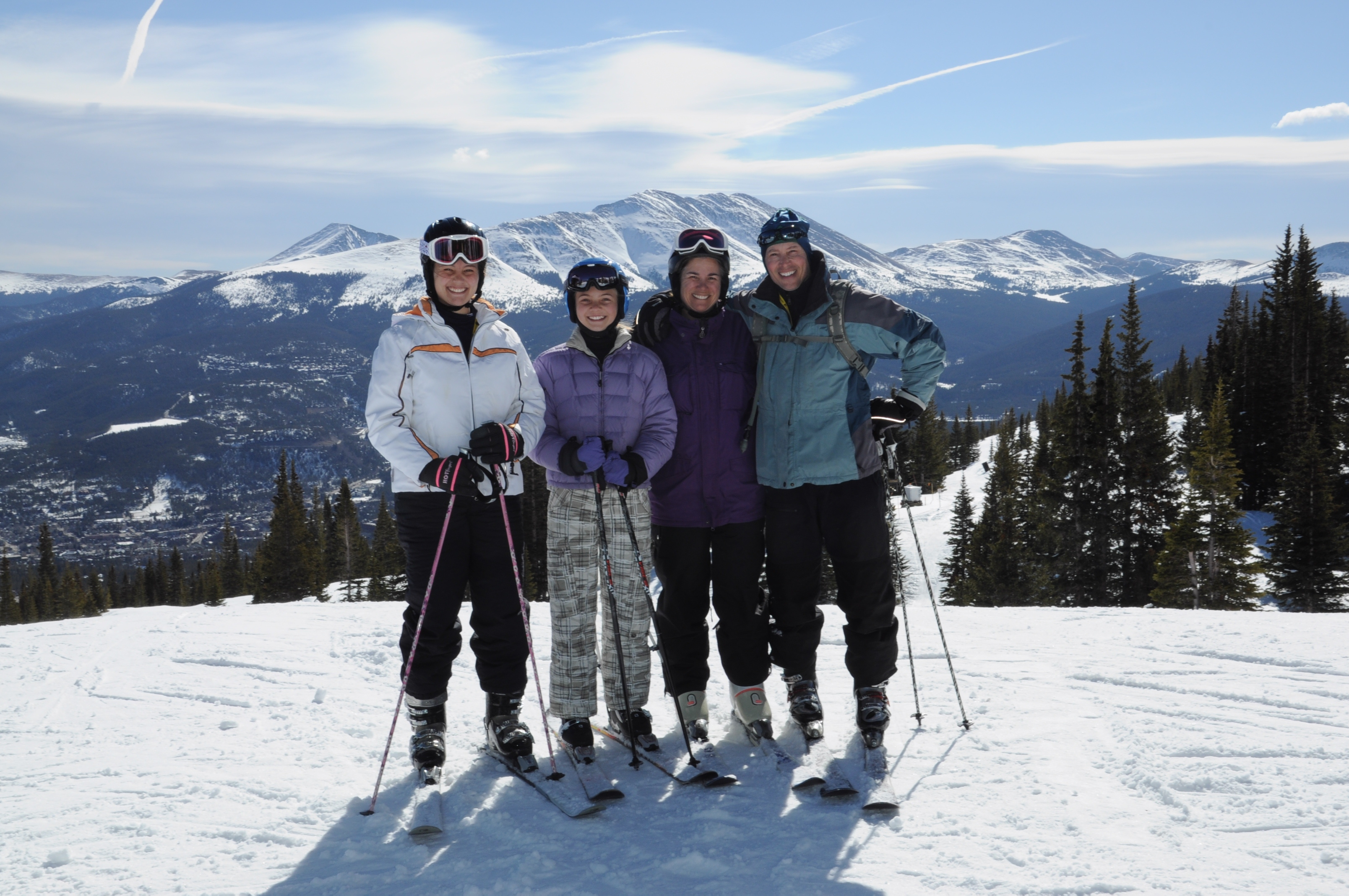Consumer Involvement



 Jon Davis
Jon Davis
When my youngest daughter was in kindergarten, one of her favorite teachers was leaving her position at the end of the year. When my wife said the teacher had been diagnosed with eye cancer, I said I didn’t even know eye cancer was a thing! Fast forward about 6 years, when I started having some strange symptoms with my vision. I’d always had 20/15 vision, so I never went to an optometrist who might have screened me earlier. An appointment with an ophthalmologist led me to seeing Dr. Hovland, one of the top eye cancer specialists in the country. He confirmed I had ocular (or uveal) melanoma (OM), which started my journey of dealing with a rare cancer.
About half of OM patients are in the high-risk group for developing metastasis, which usually appears in the liver or lungs. This was the group I found myself in, which gave me a 25% chance of not developing metastasis. A little over 4 years later, I learned I’d lost those odds when a tumor appeared in my liver.
Historically, most patients with metastatic OM die within a year or so. Each step down this path took an adjustment as I found myself hoping I was in the “good group” only to find later that I was not. However, with each step I also was determined to continue the fight and take whatever measures were available to get to the next step. I set a short-term goal to see my youngest graduate from high school, a mid-term goal to see my older daughter graduate from college, and a long-term goal to see my youngest graduate from college (in May I’ll have accomplished the first two). I’ve done experimental treatments, and I am currently in the middle of a medical trial, 3 years past my first metastatic tumor. I characterize my situation as being the best of the worst-case scenario.
Dealing with a life-threatening rare cancer is an emotional roller coaster. I was fortunate to have a spouse who took care of not only insurance issues, but also understanding all the treatment options so I could focus on maintaining a positive attitude and keeping the embers of my hope alive.
It was after coming to terms with the terminal aspects of my condition that I started exploring the melanoma community. I attended an OM symposium sponsored by the Melanoma Research Foundation (MRF) called “Eyes on a Cure” and met other patients, caregivers, medical professionals, and researchers dedicated to finding ways to extend life and find a cure for the disease. The MRF nominated me to participate in the CDMRP.
I was a pilot in the Air Force and work as an engineer specializing in space systems for the U.S. at a non-profit federally funded research and development company and was familiar with the proposal review and critiquing process, but I was completely unfamiliar with medical terminology and biological research principles, so I was somewhat apprehensive on how well I might do. My fears were soon alleviated, and I found the experience to be extremely rewarding.
I believe being part of a group with top medical clinicians and researchers evaluating proposals that might be the key to ending this and other melanoma and rare cancers is an opportunity unlike any other, and it is a chance to turn an unfortunate diagnosis into a cause for good. It’s a chance to give a person I’ll probably never meet, who receives similar news, a more hopeful future. It’s a rare occasion when you can have a lasting impact on humanity, and I’m thankful I’ve been able to be a part of it. These people at the top of their field are very interested in what the patient thinks of potential treatment options. I’ve found they are as inspired to continue their work after these reviews as I am inspired that there are people with their skills working to impact the lives of patients like me. It’s a win-win situation for all involved!

Last updated Thursday, December 5, 2024














